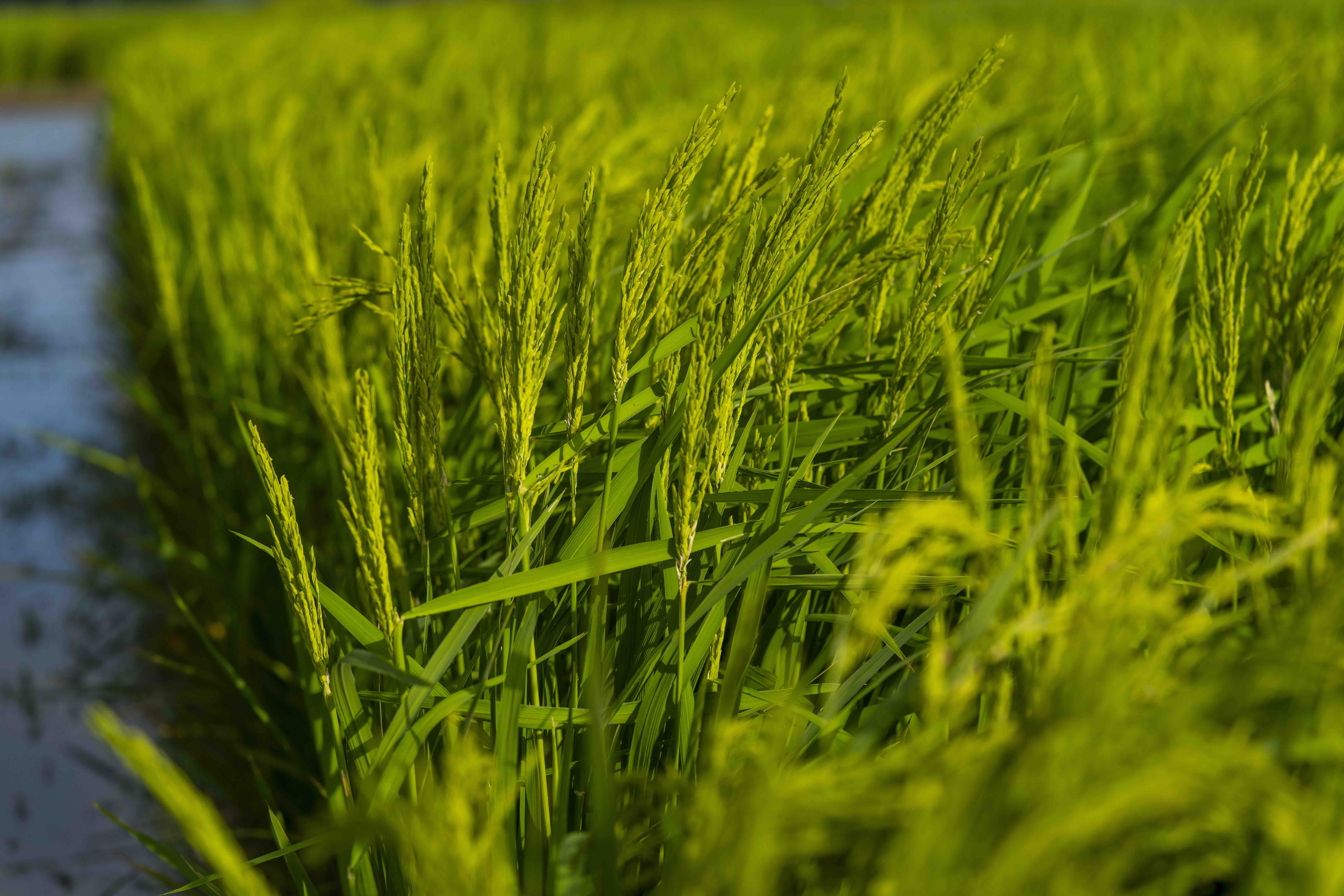Following two consecutive years of decline (see Figure 1), United States (U.S.) rice production increased to roughly 2.9 million acres in 2023 (USDA-ERS, 2024). In 2022 and 2023, the world was consuming more rice which showed up in the long grain rice Marketing Year Average Prices (MYAP) of $16.70/cwt and $15.7/cwt, respectively (USDA-NASS, 2024). Production increases in 2023 (see Figure 1) followed 2022 high prices that were last seen around harvest of 2013. Fast forward to March 2024, where the current November rough rice futures contract is trading at $14.66/cwt. The November contract price decline has been steady since late December 2023 but has recently begun to increase again ($0.44/cwt since February 27, 2024).
Figure 1. U.S. Rice Production, Exports, and Stocks. Source: USDA-FAS, 2024

There was an extreme multi-year drought in California during the 2022 growing season. During this time, California rice producers could not plant nearly 300,000 acres, due to a lack of water for irrigation (Smith, 2023). Arkansas (a state that almost exclusively grows long-grain varieties) responded by increasing its acreage of medium-grain rice by 55,000 acres in 2023 (USDA-NASS, 2023). However, California rebounded in 2023 and surpassed 500,000 acres of medium-grain rice (Farm Progress, 2024). An abundance of medium-grain rice could hinder any upside price potential if the demand for medium-grain remains at normal levels.
An Eastern Pacific El Nino has also disrupted off-season rice production for Thailand, Burma, and Indonesia. These countries rely on off-season production to improve their stocks and export amounts. Now, they face extreme drought, impacting yields and production, and may not have enough carry-over and ending stocks to bring rice to the global economy (Reuters, 2023). The USDA forecasts that global rice production for 2023/24 will exceed 2022/23 by only 0.1% (583,000 metric tons). Thus, the El Nino conditions are poised to further tighten global rice supplies in these major exporting countries.
Global rice supplies are also strained from India’s July 2023 export ban on non-basmati rice (Glauber and Mamun, 2024). The ban was implemented to help lower domestic rice prices and to ensure rice availability in India. On a global scale, India accounted for nearly 40% of all rice exports in 2022, further showing the global impact of India’s exports (USDA-FAS, 2023). Referring to Figure 2, the ban forced a 93% decline in non-basmati rice exports between August and November of 2023 (Glauber and Mamum, 2024). Importing countries are now forced to turn to alternative suppliers to meet their rice demands. It’s worth noting that India is currently in an election year and it’s doubtful the ban would be lifted before a general election in April or May. If the ban is lifted post-election, watch for Indian rice to flood the market, and put further downward pressure on global rice prices.
Figure 2. India Rice Exports. Source: International Food Policy Research Institute, 2024

Overall, the 2024 rice market will be extremely sensitive to ongoing global conflicts, weather, government policies, and shipping issues such as low water levels in the Panama Canal, a potential return to low water levels in the Mississippi River, and conflicts in the Red Sea. There could continue to be opportunities in the export market should Mississippi River levels stabilize during harvest and if India’s export ban continues. With planting around the corner, it’s worth highlighting that on a per-bushel basis, the current soybean-to-rice price ratio for November 2024 delivery is 1.78 ($11.73/$6.60). This ratio has continued to decline since 2021, when the ratio was 2.41. All to say that the relative prices of other commodities, such as soybeans, are in a similar declining price environment as rice.
References
Barchart.com. (2024, February). Rough Rice Nov ’24 (ZRX24). Retrieved February 29, 2024, from https://www.barchart.com/futures/quotes/ZRX24/profile.
Fitchette, T. (2023). How will Rice and Soybeans Compete for Acreage in 2024? Farm Progress. Retrieved February 21, 2024, from https://www.farmprogress.com/rice/how-will-rice-and-soybeans-compete-for-acreage-in-2024-.
Glauber, J. and Abdullah, M. (2024). India’s Export Restrictions on Rice Continue to Disrupt Global Markets, Supplies, and Prices. International Food Policy Research Institute. Retrieved February 25, 2024, from https://www.ifpri.org/blog/indias-export-restrictions-rice-continue-disrupt-global-markets-supplies-and-prices.
Reuters (2023, November). Dry Soil to Curb Asia’s Early 2024 Rice output, Pressure Supply. Retrieved February 29, 2024, from https://www.reuters.com/markets/commodities/dry-soil-curb-asias-early-2024-rice-output-pressure-supply-2023-12-01/.
Smith, A.D. (2023). California Rice is Back. Ag Data News. Retrieved February 28, 2024, from https://asmith.ucdavis.edu/news/california-rice-back.
USDA-FAS. (2024, February). Grain: World Markets and Trade. Retrieved February 12, 2024, from https://apps.fas.usda.gov/psdonline/app/index.html#/app/downloads
USDA-FAS. (2023, September). Rice Export Prices Highest in More Than a Decade as India Restricts Trade. Retrieved January 8, 2024, from https://fas.usda.gov/data/rice-export-prices-highest-more-decade-india-restricts-trade
USDA-NASS (2023, March). Arkansas Prospective Plantings. Retrieved January 14, 2024, from https://www.nass.usda.gov/Statistics_by_State/Arkansas/Publications/Crop_Releases/Prospective_Plantings/2023/arplant23.pdf.
USDA-ERS. (2024, January). Rice Outlook: January 2024. Retrieved January 26, 2024, from https://www.ers.usda.gov/webdocs/outlooks/108291/rcs-24a.pdf?v=5101.6.
Loy, Ryan. “A Quick Look at the 2024 Rice Market.” Southern Ag Today 4(11.1). March 11, 2024. Permalink

